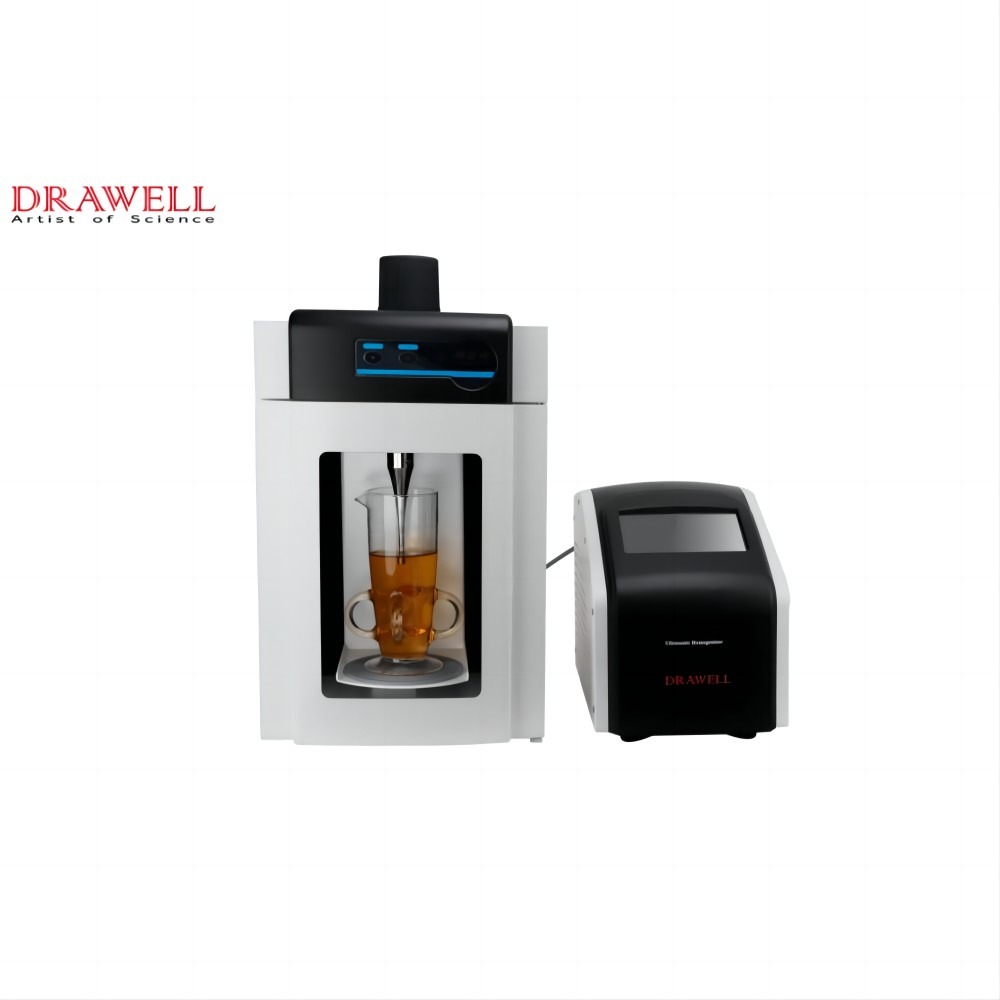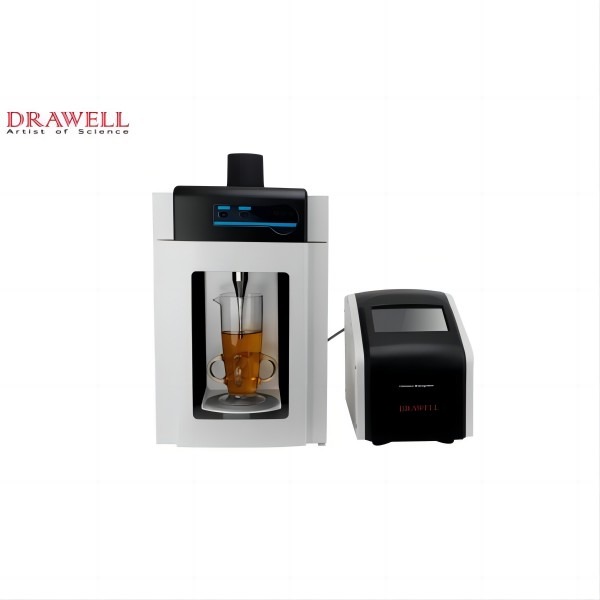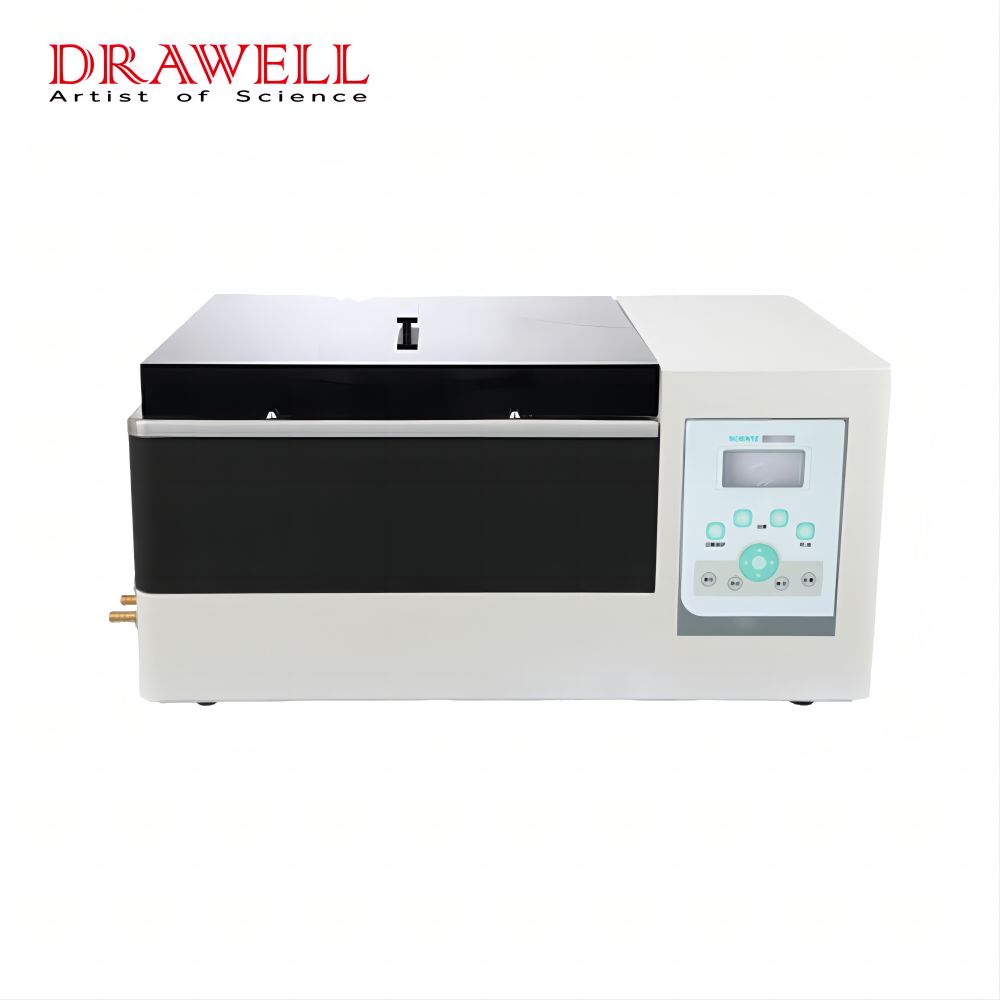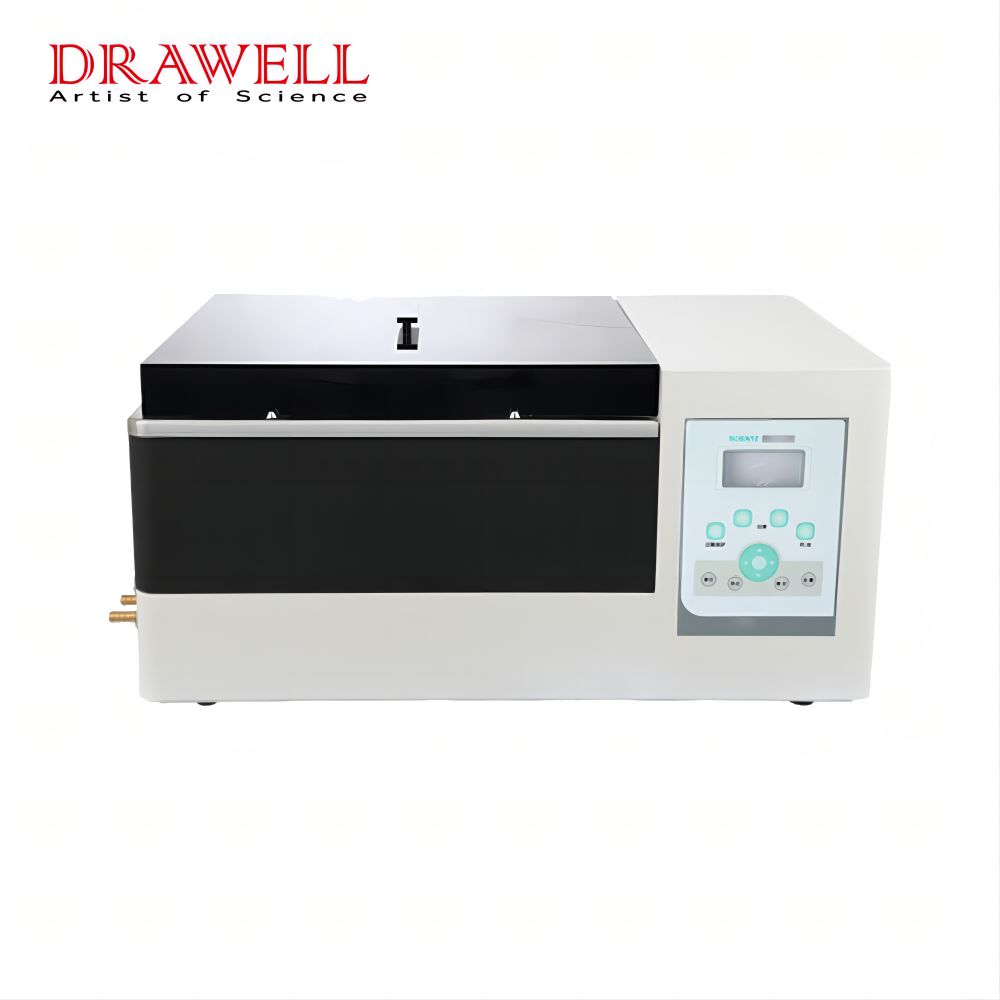Ultrasonic homogenizer, also known as sonicator, have become indispensable tools in a vast array of scientific and industrial applications. These ingenious devices utilize high-frequency sound waves to achieve rapid and efficient homogenization, disruption, and emulsification of diverse materials. But what exactly lies beneath the surface of this seemingly magical process? This article delves into the fascinating world of ultrasonic homogenizer, unraveling the mysteries behind their working principles and exploring their key applications and advantages.
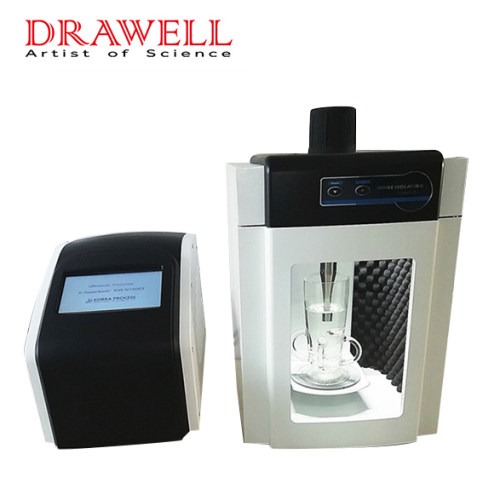
At the Heart of Innovation: Key Components
An ultrasonic homogenizer is comprised of four crucial components:
- Ultrasonic generator: This powerhouse converts electrical energy into high-frequency electrical energy, typically in the range of 20 kHz or higher. Imagine this as the engine that drives the entire system.
- Transducer: This vital component acts as a translator, transforming the high-frequency electrical energy from the generator into mechanical vibrations (ultrasound). Think of it as the bridge connecting the electrical world to the world of sound.
- Horn/probe: This specialized instrument acts as the conductor of the sound waves. It amplifies and transmits the vibrations generated by the transducer into the sample itself. Imagine it as a megaphone for sound waves, focusing their energy on the target.
- Sample container: This holds the material that needs to be homogenized, serving as the stage where the magic happens.
Unveiling the Secrets: The Mechanism of Homogenization
The working principle of ultrasonic homogenizers is based on a fascinating phenomenon known as cavitation. Here’s how it unfolds:
- Ultrasonic wave generation: The journey begins with the generator, which creates high-frequency electrical waves. These waves travel through the transducer, transforming into mechanical vibrations.
- Transducer conversion: As the transducer vibrates, it generates longitudinal waves within the surrounding liquid medium. These waves travel through the horn/probe and into the sample.
- Horn/probe transmission: The horn/probe plays a crucial role in amplifying the vibrations and focusing them onto the sample. This concentration of energy is vital for the next step.
- Cavitation: The high-intensity vibrations create microscopic bubbles within the liquid, known as cavitation bubbles. These bubbles grow and collapse rapidly, generating immense shear forces.
- Cavitation implosion: The implosion of these bubbles creates localized shockwaves and microjets of fluid. These forces are the driving force behind the homogenization process.
- Homogenization: The intense shear forces generated by cavitation break apart particles, disrupt cell walls, and create a homogeneous mixture of the sample. This process can be precisely controlled by adjusting the amplitude, frequency, and duration of the sonication.
Tuning the Performance: Factors Affecting Homogenization
Several factors influence the efficiency and outcome of ultrasonic homogenization:
- Amplitude of ultrasonic waves: Higher amplitudes generate stronger shear forces, leading to more efficient homogenization.
- Frequency of ultrasonic waves: Higher frequencies produce smaller cavitation bubbles, resulting in a more uniform distribution of energy within the sample.
- Duration of sonication: Longer sonication times generally lead to more complete homogenization. However, excessive sonication can damage sensitive samples.
- Temperature of the sample: Temperature can affect the rate of cavitation and the stability of the sample. Maintaining proper temperature control is crucial for optimal results.
- Composition of the sample: Different materials have varying properties that can influence the effectiveness of ultrasonic homogenization. Optimizing process parameters based on the sample composition is essential.

A World of Possibilities: Applications of Ultrasonic Homogenizers
- Cell disruption: Homogenizing cells to release their contents for analysis is a fundamental step in various biological and biochemical studies.
- DNA shearing: Ultrasonic homogenizers can fragment DNA into smaller, more manageable pieces for downstream applications like PCR and DNA sequencing.
- Emulsification: Creating stable and uniform emulsions is crucial in numerous industries, including food processing, cosmetics, and pharmaceuticals. Ultrasonic homogenizers excel at this task by generating fine droplets and preventing their aggregation.
- Nanoparticle production: Ultrasonic homogenization provides a precise and efficient method for producing nanoparticles with controlled size and properties.
- Homogenization of diverse materials: From biological tissues to pharmaceutical formulations, ultrasonic homogenizers offer a versatile solution for homogenizing a vast array of materials.
The Power of Sound: Advantages of Ultrasonic Homogenizers
Several key advantages make ultrasonic homogenizers stand out:
- Rapid and efficient homogenization: Compared to traditional methods, ultrasonic homogenizers can achieve a homogeneous mixture quickly and effectively.
- Wide range of applications: Their versatility allows them to tackle diverse tasks across various fields.
- No contamination: Unlike methods involving blades or grinding tools, ultrasonic homogenizers operate without contacting the sample, eliminating the risk of contamination.
- Precise control of process parameters: The ability to precisely control the amplitude, frequency, and duration of sonication allows for fine-tuning the homogenization process for optimal results.
- Easy to clean and maintain: Their simple design with minimal parts makes them easy to clean and maintain, reducing downtime and operational costs.
Beyond the Horizon: Emerging Applications and Future Developments
The world of ultrasonic homogenization continues to evolve, with new applications emerging across diverse disciplines. Here are some exciting trends shaping the future:
- Microfluidic applications: Integrating ultrasonic technology into microfluidic devices allows for precise manipulation and analysis of small sample volumes, opening doors for advanced microfabrication and single-cell analysis.
- Drug delivery: Researchers are exploring the potential of using ultrasonic homogenization for targeted drug delivery by manipulating the size and properties of drug carriers.
- Nanomaterials synthesis: By precisely controlling the cavitation process, scientists are developing novel methods for synthesizing nanoparticles with tailored properties for various applications.
- Food processing: The ability to efficiently homogenize and emulsify food ingredients opens opportunities for developing innovative and nutritious food products.
- Environmental remediation: Ultrasonic homogenization can be used to break down contaminants in soil and water, offering a promising solution for environmental cleanup.
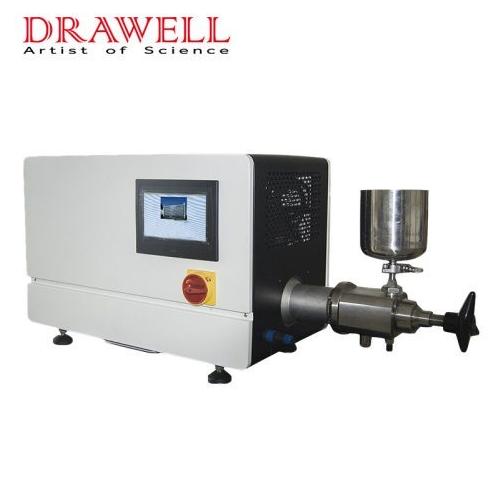
Conclusion: A symphony of science and innovation
Ultrasonic homogenizers represent a powerful tool that has revolutionized homogenization processes across various scientific and industrial fields. Understanding their working principle unlocks their potential and empowers researchers and developers to leverage their capabilities for groundbreaking advancements. As the field continues to evolve, driven by technological advancements and innovative applications, the future of ultrasonic homogenization promises to be a symphony of science and innovation, harmonizing diverse disciplines and driving progress towards a brighter tomorrow.

